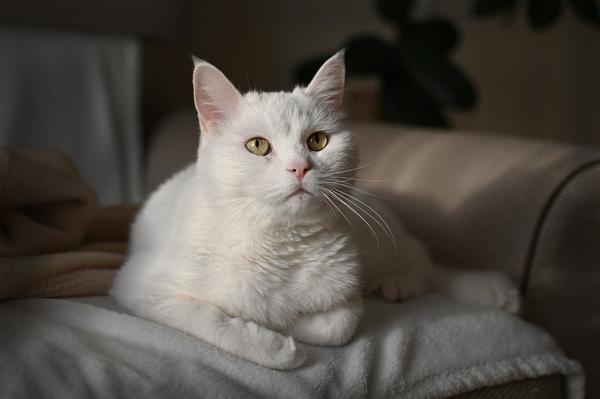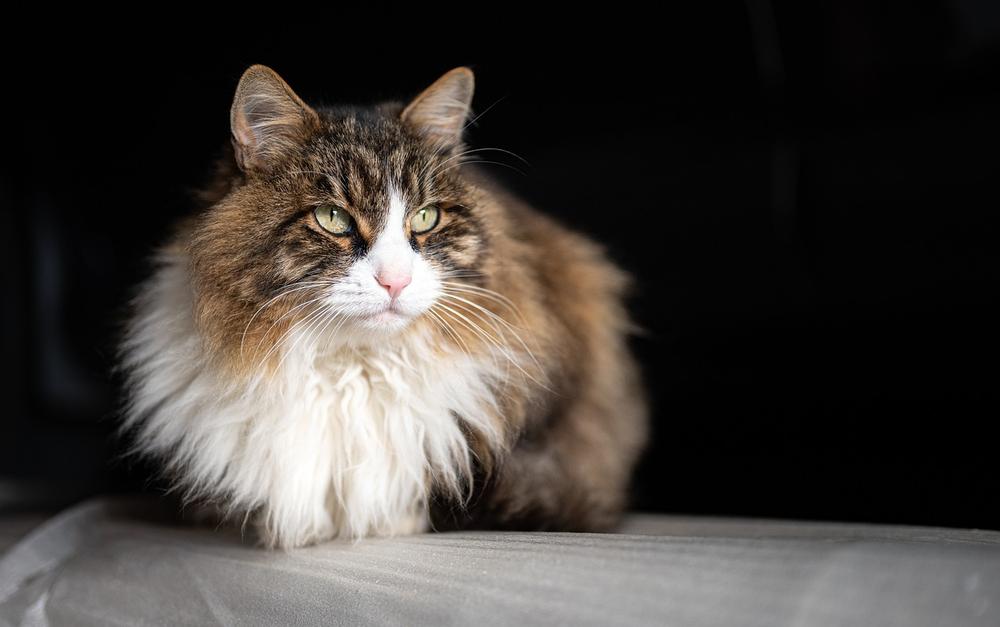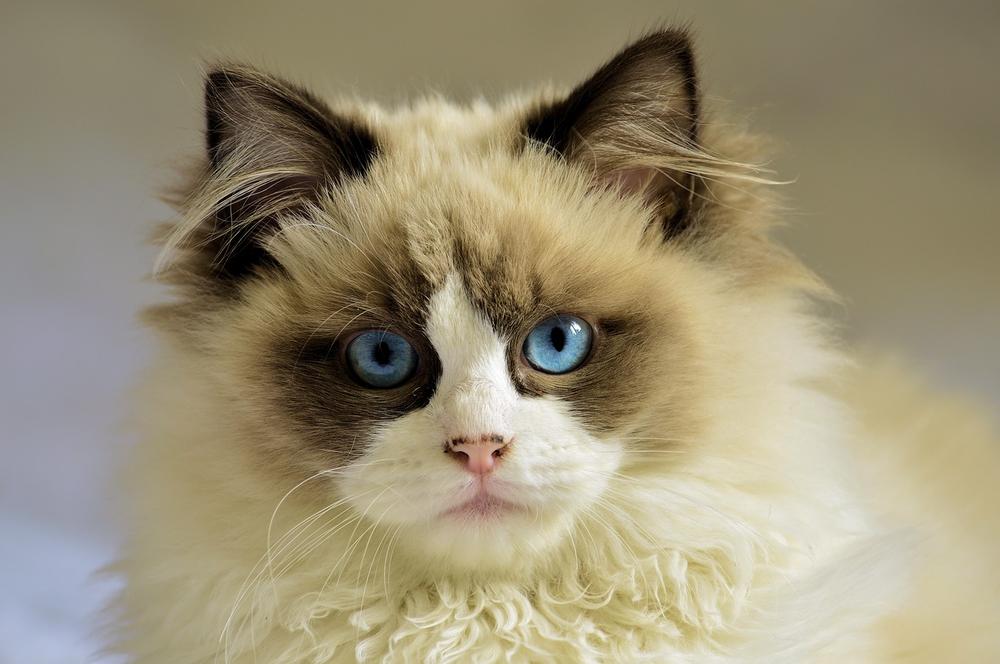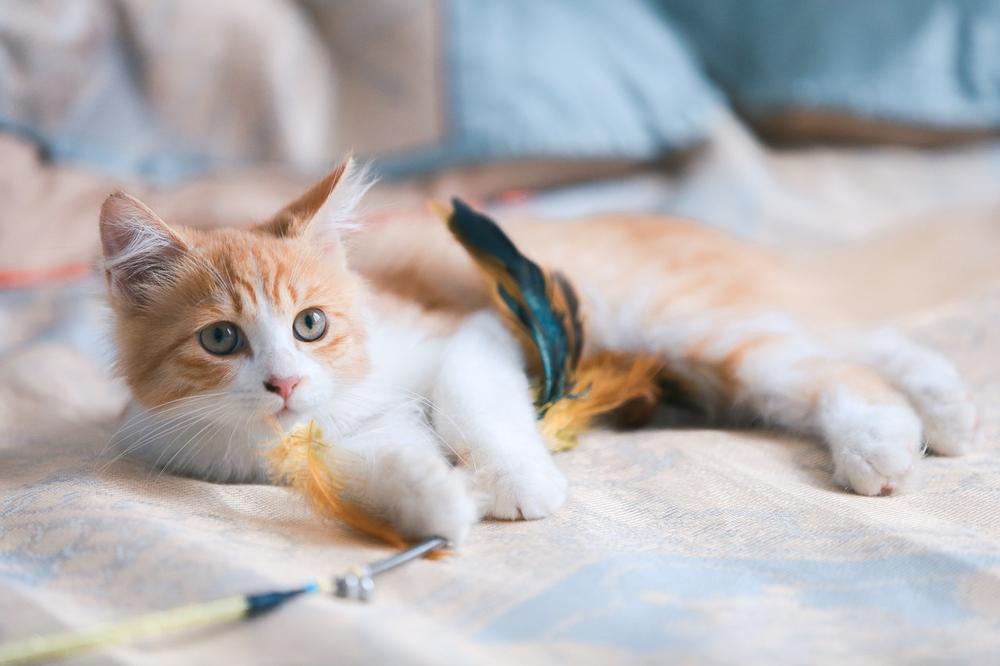Why Do Cats Kick Themselves?

Want to uncover the mysterious reason why cats kick themselves?
Oh, I feel ya, you're probably sitting there, watching your furry friend doing a full-on karate move, and you're thinking, "What on earth is going on?!"
Well, I hear you loud and clear.
Cats are fascinating creatures, with their own unique quirks and behaviors. 😺
And today, we're going to delve deep into the world of cat kicks to unravel the truth.
But hold on tight, because things are about to get seriously intriguing.
So, buckle up and let's dive in!
Why Do Cats Kick Their Own Faces in Videos?
Why cats kick their own faces in videos?
Well, let me give you twelve reasons.
- They see their reflection and want to play with it.
- A fascinating image on the screen catches their interest.
- Cats have an instinct to keep their fur clean and kicking their face helps with that.
- It's a way for them to mark their territory by leaving their scent through scratching.
- After grooming, they sometimes have a reflexive response to kick their face.
- Cats often have excess energy and kicking their face is a way to release it.
- It's like they're practicing hunting and attacking movements.
- They simply enjoy the sensation on their paws when they kick their face.
- Sometimes, they're just curious about their body movements and want to explore them.
- Kicking their face can be a way for them to assert dominance or show off to other cats.
- It provides them with self-stimulation for both their mental and physical well-being.
- Lastly, it's pure entertainment for them (and for us too!).
Don't worry, this behavior is completely normal for cats.

You only need to be concerned if you notice excessive scratching or aggression accompanied by other abnormal behaviors.
Otherwise, these videos capture our feline friends in their playful and natural state when they encounter certain triggers.
So go ahead, relax, and enjoy these adorable and quirky moments! 😺
Main points I'll expand upon further down this article:
- Cats kick themselves as a reflex for defense and hunting.
- Kicking serves as a distraction technique when stressed.
- Kicking is a self-defense mechanism when stimulated by their own movements.
- Cats kick themselves to target the face as part of their hunting instincts.
- Kicking behavior is exhibited during playfulness and aggression.
- Hind leg kicks indicate territorial behavior.
- Rolling onto their back can indicate playfulness or a desire to stop interaction.
- Cats kick themselves to groom their fur and mark territory.
- Cats have unique muscular and skeletal structures that enable forceful kicking.
- Excessive kicking can be caused by stress and should be managed.
And now, let me delve deeper into the fascinating reasons behind cats' kicking behavior and how it is intricately tied to their instincts and hunting mechanisms...
It Is a Defense Mechanism
Cats use kicking as a defense mechanism to protect themselves from danger. Their lightning-fast reflexes and primal instincts allow them to strike fear into anything that gets too close. Kicking also helps them surprise prey and distract themselves when stressed.
Oh boy, do I have a story for you!
You won't believe how serious cats take their kicks.
When a cat starts kicking, they're not messing around - it's all about playing defense and offense at the same time.
And let me tell you, these furry little creatures are pros at multitasking!
See, cats are escape artists like no other.
They really pride themselves on being able to slip away from any danger.
And guess what?
The kick is a crucial part of their survival skills.
It's their way of striking fear into anyone or anything that dares to get too close.

But hold on, there's even more to it!
Kicking also plays a vital role in their hunting abilities.
Their lightning-fast reflexes and highly efficient nervous system make them incredible predators.
It's like a one-two punch – they surprise their prey with noise and sudden movements.
But here's the kicker (pun intended)!
Our lovely felines can also kick as a distraction when they feel stressed or startled by their own actions.
Believe it or not, they may even target their own face.
It's their primal instincts taking over, revealing their true nature.
So the next time you catch your precious kitty having a kicking fit, show some appreciation.
They are just following their natural-born instincts as hunters who know how to defend and attack.
Differences in Kicking Behavior Among Cats
Cats kick for various reasons and understanding why they do it can help you take better care of them:
- The way a cat kicks is influenced by their personality, past experiences, and how socialized they are.
- When cats are feeling playful, they might kick themselves in the face out of excitement or as a way to interact with other animals.
- If a cat gets aggressive during play, they may growl, hiss, or yell while kicking with their hind legs.
- Rolling onto their back can mean that a cat is either feeling playful or simply wants you to stop petting them.
- Cats use kicking behavior for grooming purposes, like cleaning their fur and marking their territory.
- Cats have unique muscles and bones that allow them to retract their claws and forcefully kick with their hind legs almost automatically.
- Factors such as age, stage of development, gender, hormones, genetics, and breed differences can all affect how a cat kicks.
- Kicking behavior is linked to their hunting instincts, where cats use their hind feet to attack prey alongside biting and clawing.
- If a cat isn't able to catch their prey using their teeth, they may resort to kicking as a way to subdue it.
Understanding your cat's kicking can help you make sense of their behavior and give them the right care and stimulation they need.
But what happens when a cat's kicking behavior goes beyond their natural instincts?
Sure, understanding why they kick can help us take care of them better.

However, excessive kicking can actually lead to discomfort or even pain for our furry friends.
This raises the question...
How can we prevent and manage this behavior to ensure our cats stay happy and healthy?
Let me share some effective strategies that you can implement to keep your cat safe and provide them with the care they need:
Harmful Effects of Over-Kicking in Cats
To prevent harmful effects of over-kicking in cats, consider the following 8 tips:
- Discourage defensive kicks to prevent scratching or biting.
- Avoid rough play and rubbing a cat's stomach excessively.
- Minimize bunny kicks to prevent physical injuries and behavioral issues.
- Address underlying stress factors that may contribute to excessive kicking.
- Seek veterinary care if your cat shows signs of discomfort or injury.
- Provide joint supplements to support muscle and ligament health.
- Regular grooming can help maintain flexible muscles and reduce tension.
- Promote regular exercise to release pent-up energy and reduce the urge to kick excessively.
Being vigilant for any signs of discomfort or injury is crucial, and creating a comfortable and safe environment for your cat is important. If your cat's kicking behavior becomes excessive or abnormal, seeking professional help is recommended.
Let me spell it out for you: Further down the blog post, I'll delve into the fascinating world of decoding feline bunny kicks. Stick with me to uncover the science, reasons, and insights behind this intriguing behavior!
But wait, have you ever wondered how cats actually kick themselves?
Is it a natural behavior or is there something more to it?
Well, get ready to uncover the fascinating world of feline kicking and discover why it's such an intriguing behavior.
How to Avoid Your Cat From Kicking?
Distraction techniques can redirect your cat's kicking behavior
Tired of your cat scratching your legs?
Here's what you can do:
Quickly catch them in the act and shift their attention to a toy or a play session with their favorite feather wand.
This way, they'll focus on something else instead of attacking your poor legs.
Kick-bags are a great alternative to using your hands
Using your hands as toys might seem tempting, but it can actually encourage scratching or biting.
Instead, consider getting kick-bags – stuffed toys designed for play fighting.
They're perfect for your cat to stalk and harass, providing a safe and suitable outlet for their kicking instincts.
Plus, it's a win-win situation!
Join a cat lovers' community for advice and support
Sometimes, the best way to tackle a problem is by seeking advice from fellow cat owners who have faced similar challenges.
That's why joining a cat lovers' community, like a Facebook group, can be incredibly helpful.
You can share experiences, get tips, and learn different techniques that have worked for others.
It's an amazing platform for support and guidance when dealing with your cat's kicking habits.
In addition to these strategies, ensure your cat gets plenty of exercise, eats a balanced diet, and has regular vet visits.
A healthy and happy cat is less likely to engage in unwanted kicking behavior.
Lastly, avoid forcefully stopping or restraining your cat from kicking, as it might lead to aggression or frustration.
Now go ahead and enjoy controlled kicking with your furry friend!
On top of these strategies, I have written a helpful guide explaining why your cat holds your hand.
I highly recommend checking out Why Does My Cat Hold My Hand to understand the possible reasons behind this adorable behavior.
I advise you to read it and gain insights on how to further strengthen the bond between you and your furry friend.
Decoding the Feline Bunny Kick: Science, Reasons, and Insights
To understand the feline bunny kick, researchers have studied brain activity in cats during the behavior. They try to identify neural pathways associated with coordination and prey capture.
In feline culture, this behavior is known as the "bunny kick".
Cats use it both in defensive play and harassment.
Think of it like an offensive move in hunting; they often toss their prey around before delivering a powerful kick.

Interestingly, kittens exhibit chewing and bunny-kicking as playful behavior.
It's adorable to watch!
Understanding kicking behavior can actually provide insights into a cat's in essence health and well-being. Some theories suggest that it's a way for cats to practice their hunting skills or release excess energy.
So next time you see your feline friend engage in a bunny kick, don't be alarmed. It's just a natural behavior rooted in their instincts.
However, if you notice any excessive or harmful kicking, it's always best to consult with a veterinarian. 🩺
In summary:
- Bunny kicks are a normal part of a cat's hunting behavior.
- Kittens love to bunny kick as a form of play.
- It can give us insights into their overall health and well-being.
- Excessive or harmful kicking should be checked by a veterinarian.
Now you know a little bit more about the fascinating world of feline bunny kicks!
And that wraps up today's article.
If you wish to read more of my useful articles, I recommend you check out some of these: Cat Licks Food but Doesnt Eat, Why Do Cats Hate Getting Their Nails Cut, Can a Cat Ride in a Car Without a Carrier, Is Purring Involuntary in Cats, and Do Kittens Bite When Teething
Talk soon,
-Sarah Davis